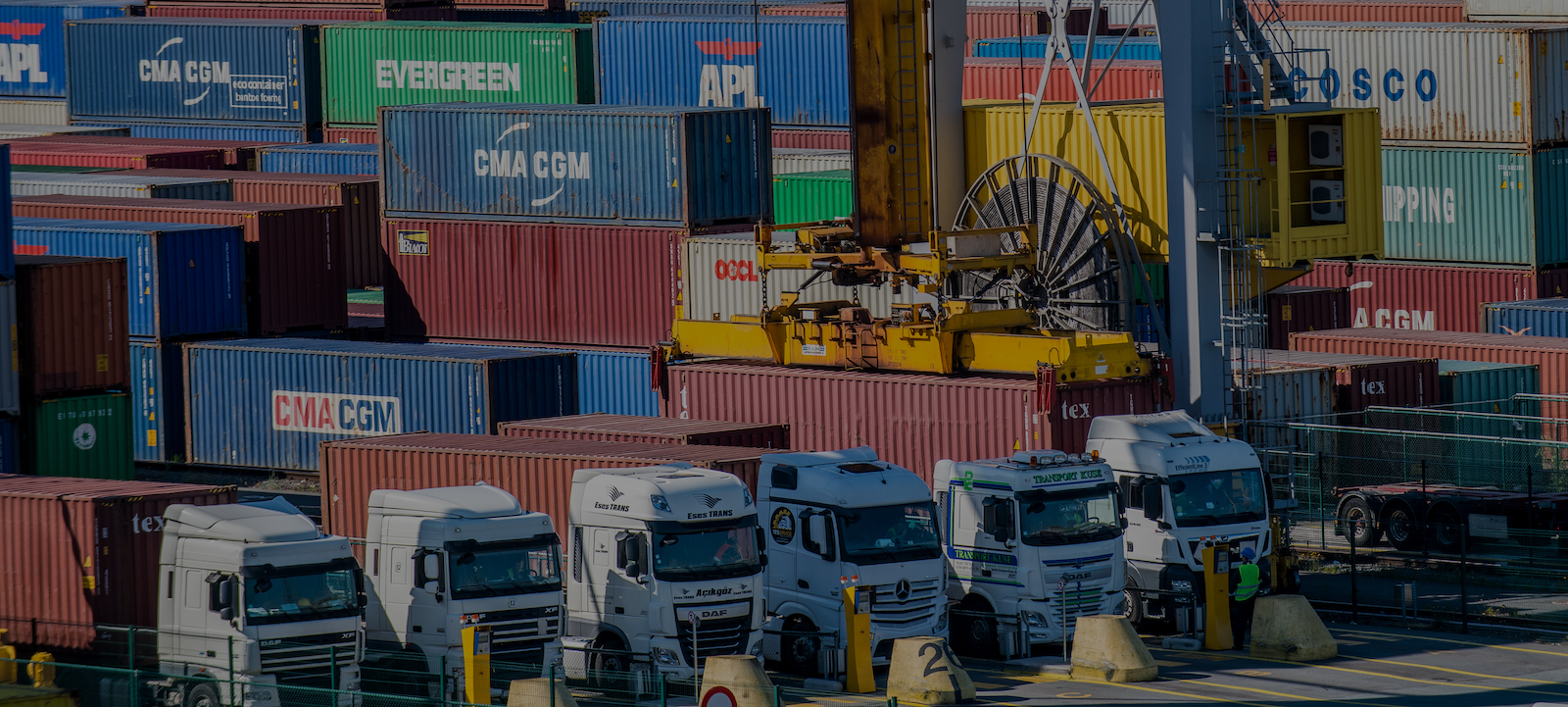
Digital container release in the Port of Antwerp
Overview
Port of Antwerp-Bruges is taking the next step in the development of a digital secured port: ‘Certified Pick up (CPu)’. This new way of working will guarantee a secure, transparent and optimized release process for incoming containers.
To pick up a container at a terminal in the port of Antwerp, a unique PIN code is needed. The time between providing the PIN code by the shipping company and the driver entering this code at the terminal is considerable. Moreover, the PIN code is seen by various parties, which increases the risk of abuse. To make this process more secure and efficient, a new process for the release of containers has come into force: CPu.
CPu is a neutral, central data platform which connects all stakeholders involved in the container import process.
How it works
The CPu platform receives and processes container information. Based on this, it generates a digital release right and an authorized digital pick-up right, with which the container can be picked up. The release right is generated by the shipping line, based on commercial release information and can be passed on from one company to the next. The digital pick-up right is only created when the final carrier of the container is known. The time between the creation of the right and the collection of the container is therefore minimal.
It will also be possible to trace which parties were involved in the collection of the container. This allows the competent authorities to access the data exchanged and generated in CPu within the boundaries of their legal powers.
More detail on how the process works can be found in the video below:
Obligatory Use
CPu has become obligatory for all supply chain partners involved in the container release process; with the legal framework being included in the Port Police Regulations.
The relevant provisions on CPu in the Port Police Regulation can be found on this website https://www.portofantwerpbruges.com/en/shipping/rules-and-procedures/port-regulations-and-bylaws .
The following commodities are subject to the obligation:
- Every loaded container and every empty shipper owned container that is brought by seagoing vessel to a terminal in the port of Antwerp and will subsequently leave this terminal by barge, truck, train or any other means of transport other than a seagoing vessel;
- Each loaded container and each empty shipper owned container, which is unloaded by a seagoing vessel in another seaport, is transported to a terminal in the Port of Antwerp under an Antwerp Bill of Lading or under the control of the Organizer of Sea Transport and will then leave this terminal by barge, truck, train or any other means of transport other than a seagoing vessel;
- Any loaded container that is brought by seagoing vessel to a terminal in the Port and then unloaded at this terminal.
Connection to CPu
CPu has operational benefits for all logistics partners in the import chain:
It simplifies administrative processes, allows employees to work more securely and reduces the turnaround time of import containers in the port. The competent authorities will also be able to operate more efficiently and effectively thanks to CPu.
The responsibilities in the logistic flow remain with the parties using CPu. To understand the responsibilities of each party in the flow, please refer to the Terms and Conditions where they are described in detail.
In order to make use of this new process your company will have to connect with CPu. There are two ways to make the connection based on the role of the company and your preferences:
- If you handle larger amounts of containers and/or you wish to integrate the CPu functionality into your existing software, the API integration is the way to go.
- The User Interface (UI) is well suited for companies who need to handle a small amount of containers, all steps need to be manually done by the user;
Getting started with the integration
Register & subscribe your company
First and foremost, you need to register & subscribe your company to CPu. If you haven’t done this already, click the button on top of this page.
Communicate your CPu identifiers to your business partners
In order for your business partners to find your company on the CPu platform, they need to know either you NxtPort ID or your APCS code.
Start Using the CPu platform
Check out our quick start page on the CPu Help Center to get started with the platform.
